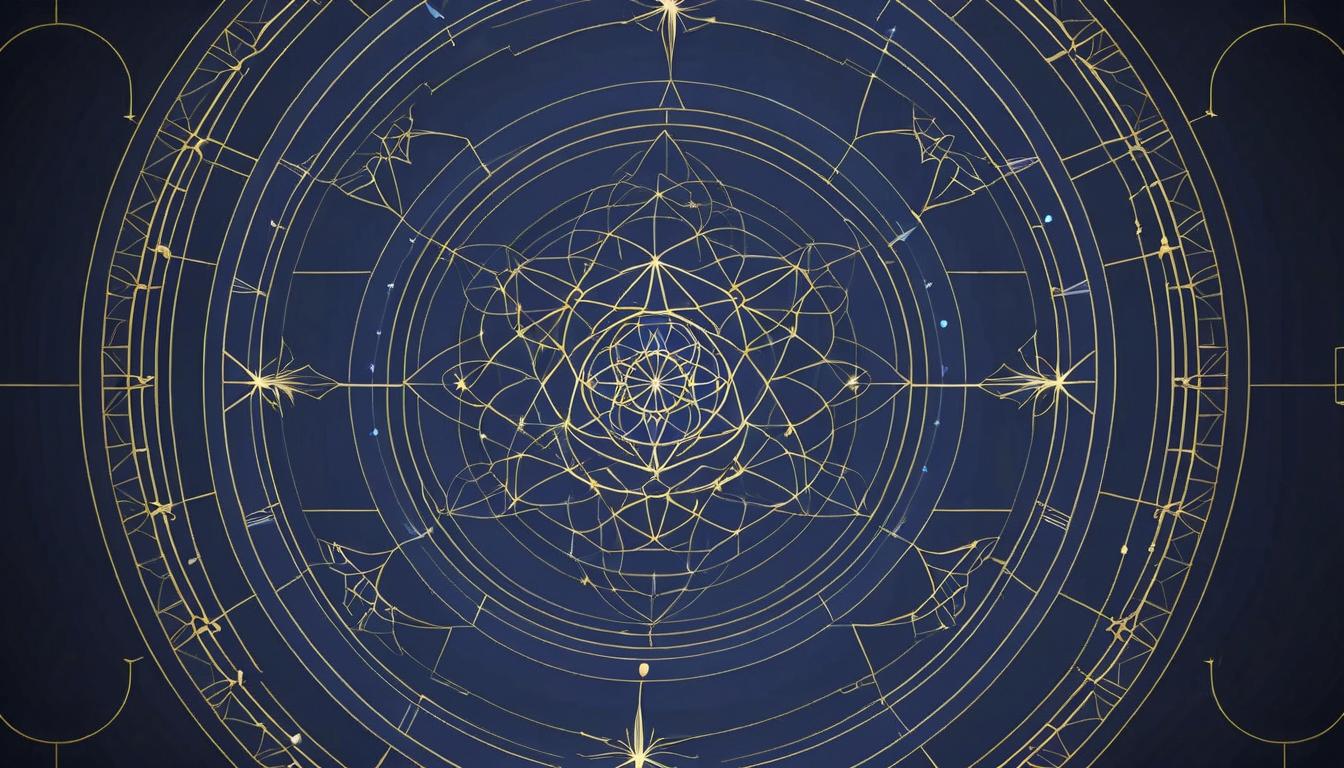In the quiet corners of spiritual bookstores and the digital archives of mystical websites, a pattern emerges—literally. Sacred geometry, the study of geometric patterns and their spiritual significance, has quietly resurfaced in modern consciousness. From the intricate mandalas of Eastern traditions to the precise architecture of Gothic cathedrals, these shapes have guided human understanding of the cosmos for millennia. What makes these patterns so enduring? And why are they experiencing a renaissance in our technologically saturated age?
The answer might lie in the very fabric of reality itself. Quantum physicists have discovered that at the subatomic level, matter organizes itself according to geometric principles. Crystals form hexagonal structures, water molecules arrange themselves in tetrahedral patterns, and even DNA follows the golden ratio. This isn't mere coincidence—it suggests that geometry is the language through which the universe expresses itself. When ancient mystics spoke of 'as above, so below,' they might have been referring to this fundamental correspondence between microscopic patterns and cosmic order.
Modern neuroscience reveals another layer to this mystery. Brain scans of meditators focusing on mandalas or sacred symbols show increased coherence between hemispheres and enhanced gamma wave activity—the brainwaves associated with heightened awareness and insight. The Sri Yantra, an ancient Hindu geometric diagram, produces measurable changes in brain function when contemplated. It appears these patterns serve as bridges between our ordinary consciousness and deeper states of awareness, acting as visual mantras that quiet the mind and open perceptual doors.
The resurgence of interest in sacred geometry coincides with humanity's growing disillusionment with purely materialistic worldviews. As climate change accelerates and social divisions deepen, people are searching for frameworks that acknowledge interconnectedness rather than separation. Sacred geometry offers precisely that—a visual mathematics of unity where every line relates to every curve, where the part always reflects the whole. In a fragmented world, these patterns remind us that we're participating in a coherent, intelligent universe.
Practical applications are emerging beyond spiritual circles. Architects are incorporating sacred proportions into buildings to create spaces that feel inherently harmonious. Healthcare facilities designed with Fibonacci sequences report faster patient recovery rates. Even urban planners are studying the geometric layouts of ancient sacred sites to create communities that foster wellbeing. The marriage of ancient wisdom and modern science is yielding tangible benefits, suggesting that these patterns aren't just symbolic but functional blueprints for harmonious living.
Perhaps most intriguing is how digital technology has become an unexpected ally in geometry's revival. Screen-based meditation apps use animated mandalas, virtual reality allows users to 'walk through' geometric structures, and social media platforms enable global communities to share discoveries. The very technology often accused of fragmenting attention is being used to restore holistic perception. This irony shouldn't be overlooked—it demonstrates humanity's relentless drive toward balance, even using the tools of modernity to rediscover ancient truths.
The journey into sacred geometry isn't about escaping reality but perceiving it more completely. These patterns invite us to see the world not as random chaos but as ordered beauty, not as separate objects but as interconnected relationships. They remind us that the same intelligence that arranges petals on a flower and galaxies in space is available to shape our lives with greater harmony and purpose. In learning this visual language, we might finally understand what the mystics meant when they said the universe is singing—we just need to learn how to see the notes.
The ancient art of sacred geometry: how patterns shape consciousness and reality

